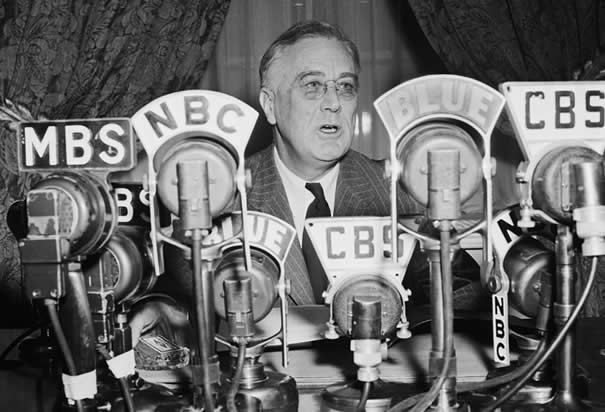
Forced to move by drought, North Dakota, 1936
Families were displaced by the Dust Bowl
Photo Credit: Photo by Arthur Rothstein, Courtesy of the Library of Congress, Prints & Photographs Division, FSA/OWI Collection
My dad, Arthur Rothstein (1915-1985) was the first photographer hired by the Farm Security Administration, the New Deal agency that pioneered the use of photographs and “photo stories” to build public and political support for federal relief programs.
Starting in 1935, the Resettlement Administration, later renamed the Farm Security Administration– “FSA,” for short–compiled an unprecedented, nationwide photographic survey of life in Depression-wracked America.
During Dad’s nearly seven years working for the FSA he refined the art of visual storytelling, producing hundreds of in-depth photo essays documenting the need for government assistance and the successful New Deal relief programs created in response.

Dust threatens to engulf a home. Liberal, Kansas, 1936
FSA photos put a human face on problems such as “drought” and “failing farms” targeted by New Deal programs.
Photo Credit: Arthur Rothstein, Courtesy of the Library of Congress, Prints & Photographs Division, FSA/OWI Collection
Dad was fiercely patriotic. His parents, Jews displaced from Eastern Europe by pogroms, had found both refuge and opportunity in America. He was drawn to stories of migrants and the dispossessed that, through no fault of their own, needed government help. He brought a powerful sense of purpose to his New Deal assignments.
Dad’s boss at the FSA, Roy Stryker, shared Dad’s sense of purpose. Stryker believed that photography could serve as a tool to advance social justice. He thought that words with pictures provided irrefutable evidence of the need for federal assistance to struggling Americans. More than a dozen FSA photographers would eventually contribute images to Stryker’s extensive visual record of American life during the Depression and the early years of World War II. That collection, preserved at the Library of Congress, includes iconic images my Dad took as a young FSA photographer. His photographs of the devastation wrought by the drought and Dust Bowl remain the most famous of his career.

Eddie Mitchell, Birmingham, Alabama
Photo by Arthur Rothstein for Look magazine
Photo Credit: Courtesy of the Library of Congress, Prints & Photographs Division, FSA/OWI Collection
The values my father inherited from his immigrant parents, reinforced by his New Deal tenure under Roy Stryker, can be seen in the work Dad created throughout his 50-year career as a photojournalist and documentary photographer.
After serving as a photographer in the US Army Signal Corps during WW II, and as chief photographer for a United Nations relief agency in China after the war, Dad spent 35 years as director of photography at the popular Look and Parade magazines. One of Dad’s first and most memorable stories for Look depicted the daily indignities of a young black man living in the segregated South.
Dad’s New Deal portfolio still stands out as surprisingly relevant. My father’s images from nearly 80 years past remind us that we still live among the dispossessed—those denied justice and made vulnerable by forces beyond their control—and that government has a responsibility to shield and support those who need a leg up.

